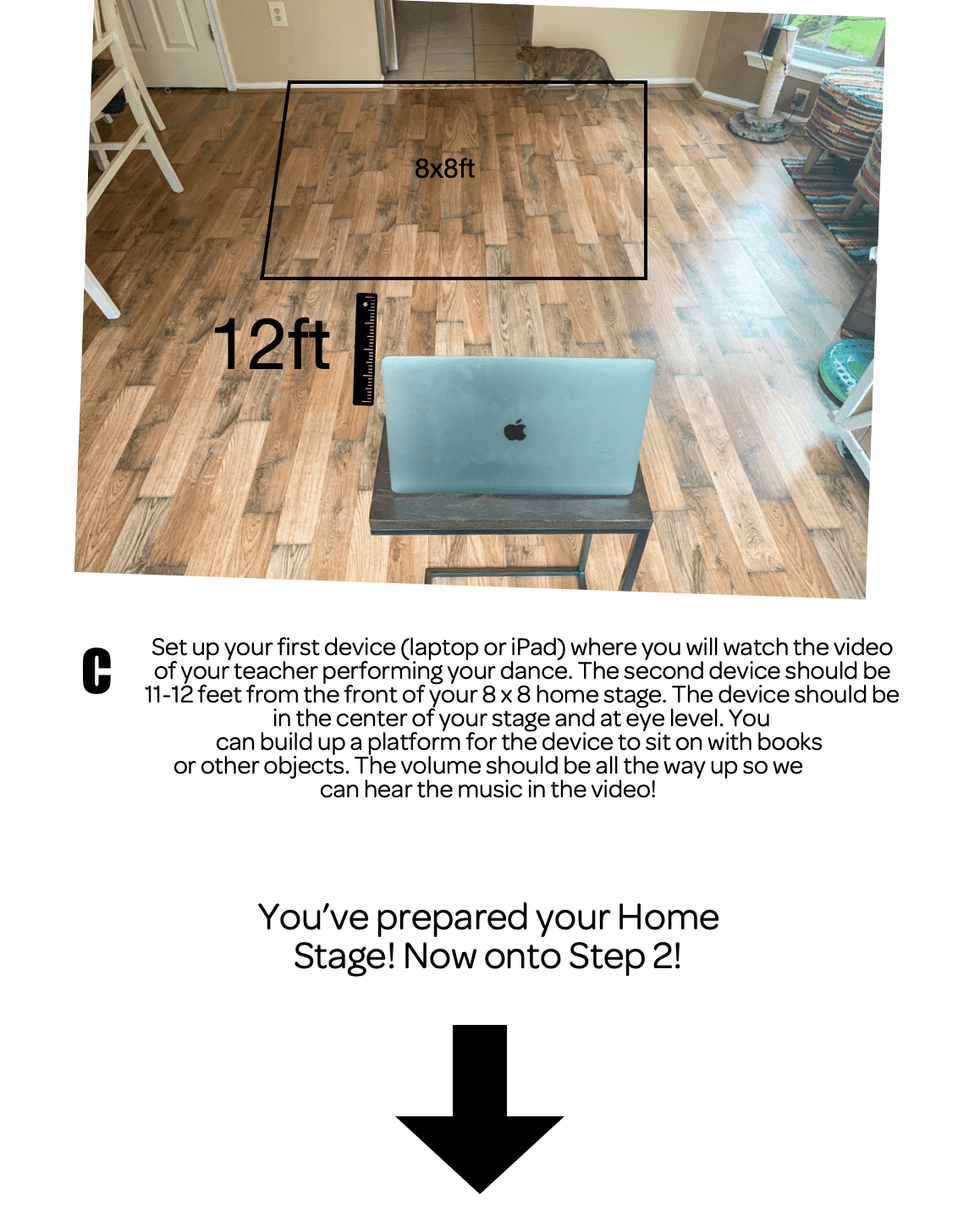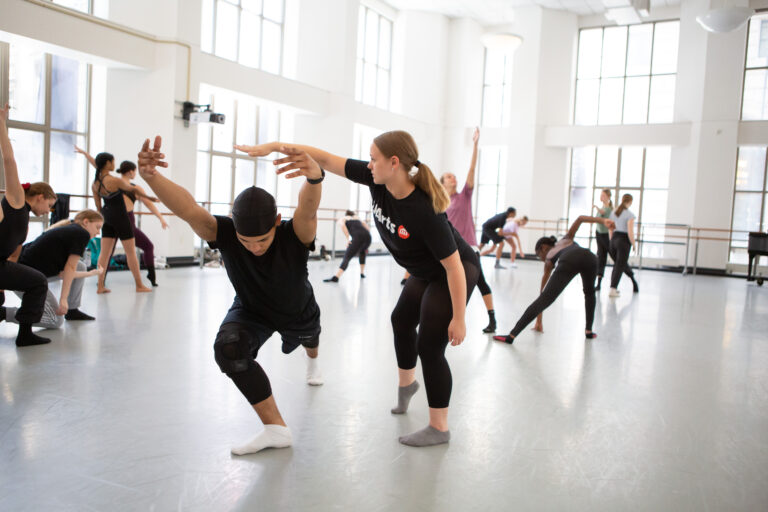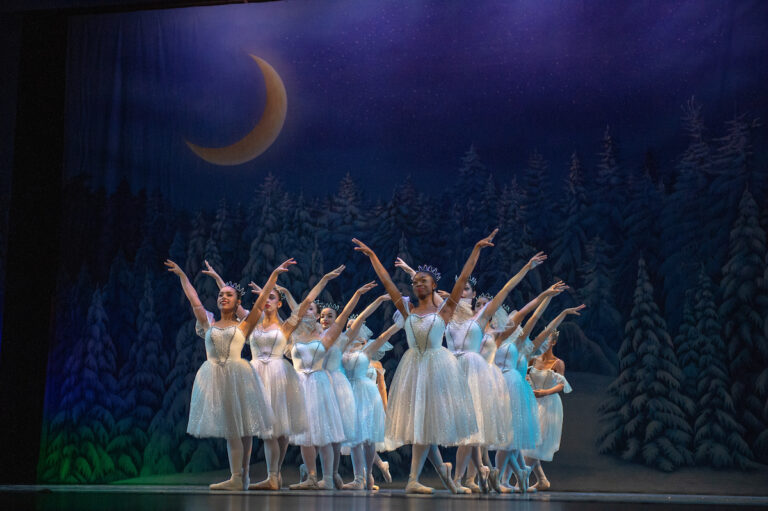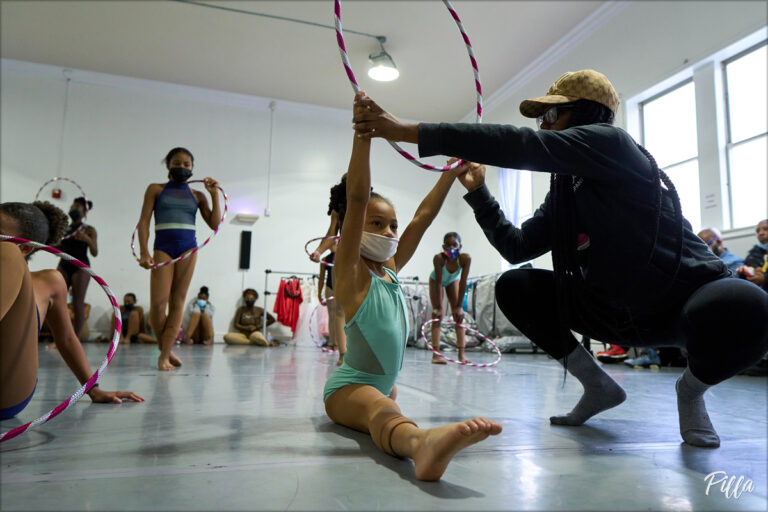
Jana Belot’s 31-year-old New Jersey–based Gotta Dance has six studios, 1,720 students and, usually, 13 recitals. In a normal year, Belot rents a 1,000-seat venue for up to 20 consecutive days and is known for her epic productions, featuring her studio classes and Gotta Dance’s pre-professional dance team, Showstoppers. Until March, she was planning this year’s jungle-themed recital in this same way.
When the pandemic hit, Belot soon decided to do a virtual recital instead. Due to the scale of the production—300 to 500 dancers performing in each of the 13 shows—postponing or moving to an outdoor venue wasn’t practical. (Canceling, for her, was out of the question.)
Unsurprisingly, Belot’s virtual recital was just as epic as her in-person shows—with 10,000 submitted videos, animation, musicians and more. Here’s how it all came together, and what it cost her.
Going virtual: Investments in staff and payroll
By the time her local public-school districts shut their doors on March 16, Belot had spent a week preparing and training staff in Google Classroom and Google Meet, so her 190-plus classes could continue virtually.
“It cost us significantly more to have virtual classes,” she says. “We had an office administrator running the classes behind the scenes and an additional administrator texting class and camera reminders to dance families. On top of that, there was no change in normal operating expenses such as rent, electricity, telephone and insurance.” Belot also chose not to discount tuition for virtual classes in an effort to avoid furloughing staff or cutting teachers’ pay. Gotta Dance did experience a 10 percent drop in enrollment with the shift to online classes.
Coordinating a process for video submission for the recital was also labor-intensive. Gotta Dance sent out detailed instructions to families on how to film their dances at home and submit them to designated Dropbox folders.
Another challenge: Figuring out how to make videos of individual dancers look like one cohesive class. Belot came up with a system for students to dance along with a video of their teacher while filming.

Photo courtesy Belot
Distributing costumes: $15,500
Normally, dancers pick up their costumes at the studio. But during the height of the pandemic in New Jersey, Belot decided that mailing costumes would be a safer option. Between packing, packaging and mailing, this cost Gotta Dance $15,500.
Other expenses: Trophies, marley and more
Belot also took on costs for items normally covered by annual concert fees, which she refunded in full, and unexpected COVID-related expenses. This included roughly 800 trophies, marley for Showstopper pointe dancers, computers for teachers with out-of-date equipment, green screens and lighting setups, animation, musicians and more.
Video production: $26,000
To keep Gotta Dance’s movie-style recital up to par with her usual live shows, Belot decided it was crucial to hire a production company, which cost approximately $26,000.
Same Day Productions synchronized and edited the 10,000 submitted videos, checking to make sure each was submitted correctly and developing a system to make sure the videos were perfectly aligned.

Photo courtesy Belot
The viewing experience
Once all videos were submitted, synced and edited, Gotta Dance livestreamed the 13 performances at the same times as the previously scheduled live performances.
It was important to Belot to ensure that families could watch the recital without experiencing technical difficulties. Gotta Dance sent out a Dropbox link with the show, in case families had trouble with the livestream, and set up a “Genius Barre” (a play on Apple’s Genius Bar) of college-age alumni to help families troubleshoot any issues in setting up their television or computer. (The “Genius Barre” was also available to families who needed help filming or uploading their videos to Dropbox.) Belot did not charge families anything to watch the livestream.

The total cost—and the payoff
Belot ended up infusing Gotta Dance with an additional $100,000 to produce her virtual recital, and to make up for lost concert fees and ticket revenue. While some of this capital came from a Paycheck Protection Program loan (which Belot applied for and received early), some came from Belot’s personal retirement account. She believes her financial sacrifice was worth it, because it kept her students dancing, her staff employed and her traditions alive through an extremely challenging season.
Belot’s investment also ensured that it was a seamless experience for families. “There were fewer hiccups than I expected,” she says. “We were quite prepared.”
Feedback from families—on both the experience and the final product—was overwhelmingly positive. “I saw so much care and devotion in those videos from our dancers and families,” says Belot. It’s fair to say that her families felt her care and devotion, too—and that she will see the fruits of her investment in years to come.



